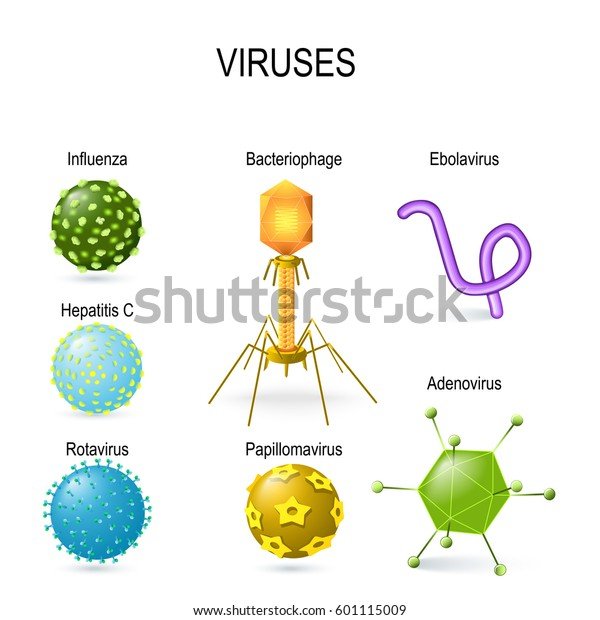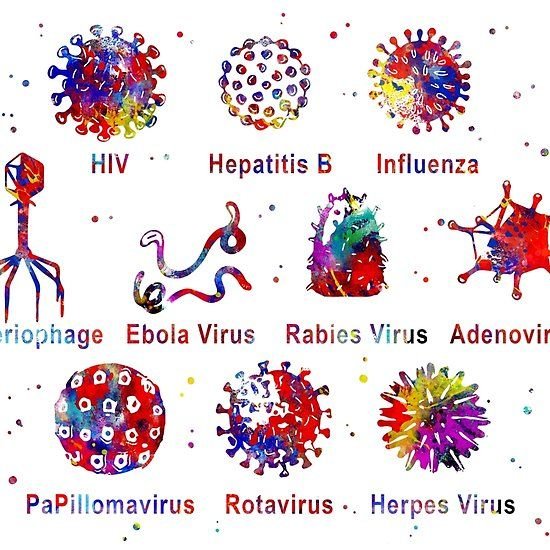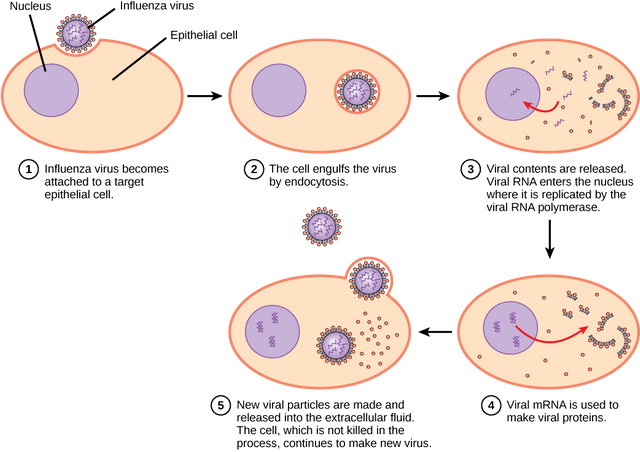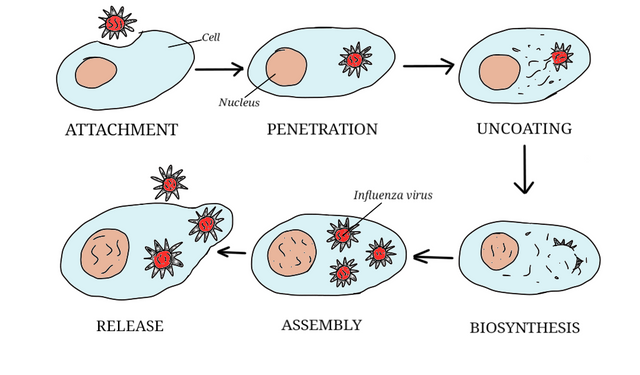Viruses are microscopic infectious agents that only reproduce inside an organism's living cells. Viruses infect all types of life forms, including animals, plants, and microorganisms. Of the millions of viruses in the environment, more than 6,000 virus species have been described in detail. Viruses are the most common form of biologic and can be found in nearly every region of the earth.
The virus sheds its capsid, transcribes its RNA, converts its RNA to viral proteins, replicates its genome, assembles viral components, and eventually exits the cell after entering the cell and localizing to an intracellular milieu.
Entrance, genome replication, and exit are the three stages of the virus's life cycle.


The identification of a viral receptor by a virus particle is the first step in virus infection. Attachment, penetration, cytoplasmic trafficking, and uncoating are the four stages of viral entry. Since these steps are often connected to one another, the division into four steps is ambiguous, but it serves the function of clarification.
The next step is for the virus particle to penetrate into the cytoplasm after it has been attached to the target cells. If the penetration is enveloped or not, the mechanism is different. Direct fusion or receptor-mediated endocytosis are the two pathways used to endocytose enveloped viruses. The method of penetration for nonenveloped naked viruses is receptor-mediated endocytosis.
Capsid assembly, release, and maturation are the three stages involved in exit. In the case of naked viruses, the virus particles are released when the infected cells are lysed. Since the cell membrane that traps the accumulated virus particles is demolished, no special escape mechanism is needed


They play an important role in human health despite all of the diseases they cause. The use of genetically engineered viruses to cure diseases is known as virotherapy. Scientists have engineered viruses to replicate in cancer cells and kill them while avoiding infecting healthy cells. For example, Talimogene laherparepvec (T-VEC) is a modified herpes simplex virus with a gene that is needed for its replication.
I'd like to thank you again for reading; let's keep moving forward together as we learn new things. Be aware of your surroundings!
You've got a free upvote from witness fuli.
Peace & Love!
Downvoting a post can decrease pending rewards and make it less visible. Common reasons:
Submit
Am grateful sir
Downvoting a post can decrease pending rewards and make it less visible. Common reasons:
Submit